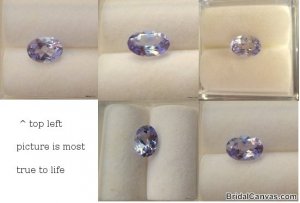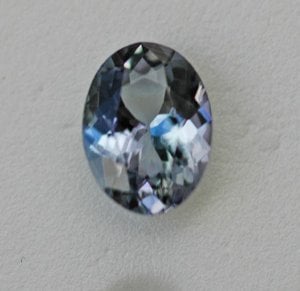jstarfireb
Ideal_Rock
- Joined
- Mar 24, 2007
- Messages
- 6,232
Anyone here have some info on unheated tanzanite? I was told that almost all of the blue/violet tanzanite out there is heated, but I hear occasional info on unheated tanzanites of this color. I understand most unheated tanzanite is brownish, not bluish. Has anyone seen an unheated blue/violet tanzanite in person? Do they have a characteristic color or appearance?
Thinking of buying one that I''m told is unheated, but I''d like to know more about the subject before I commit.
Thinking of buying one that I''m told is unheated, but I''d like to know more about the subject before I commit.







300x240.png)